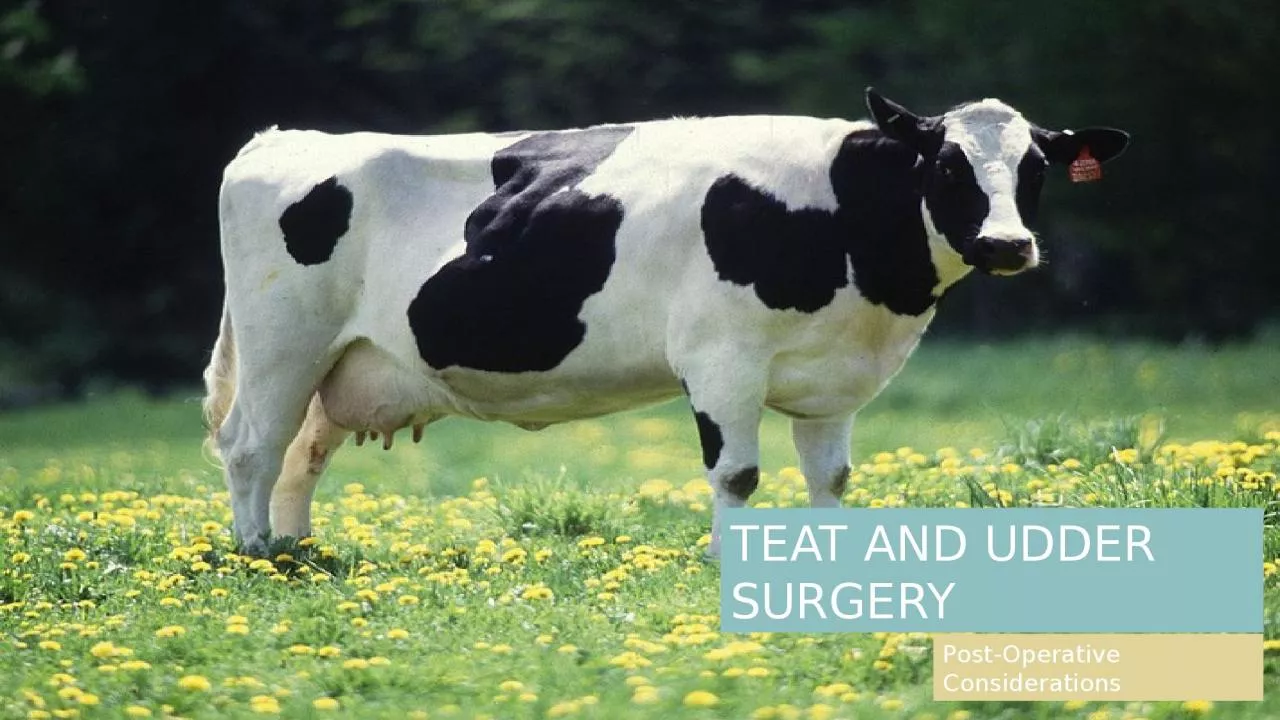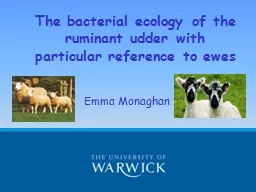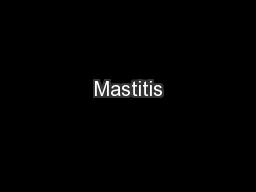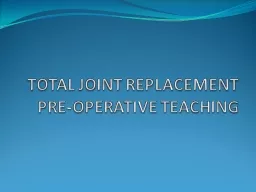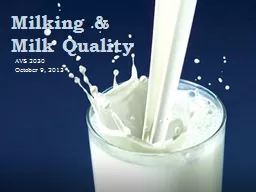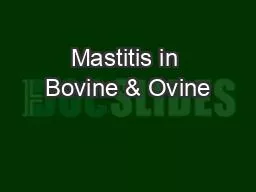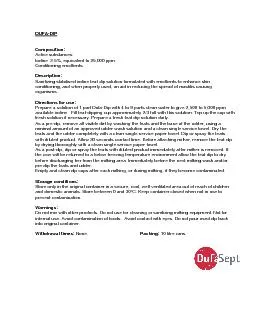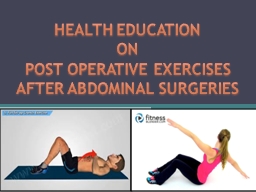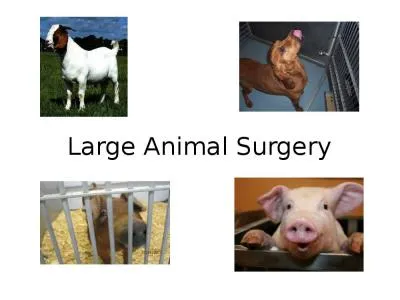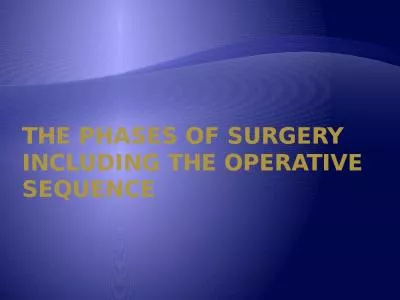PPT-TEAT AND UDDER SURGERY Post-Operative Considerations
Author : roberts | Published Date : 2024-02-09
POSTOPERATIVE CARE SURGICAL WOUND CARE The postoperative period is as important as the surgery itself Systemic antibiotic therapy should be continued for at least
Presentation Embed Code
Download Presentation
Download Presentation The PPT/PDF document "TEAT AND UDDER SURGERY Post-Operative Co..." is the property of its rightful owner. Permission is granted to download and print the materials on this website for personal, non-commercial use only, and to display it on your personal computer provided you do not modify the materials and that you retain all copyright notices contained in the materials. By downloading content from our website, you accept the terms of this agreement.
TEAT AND UDDER SURGERY Post-Operative Considerations: Transcript
Download Rules Of Document
"TEAT AND UDDER SURGERY Post-Operative Considerations"The content belongs to its owner. You may download and print it for personal use, without modification, and keep all copyright notices. By downloading, you agree to these terms.
Related Documents

